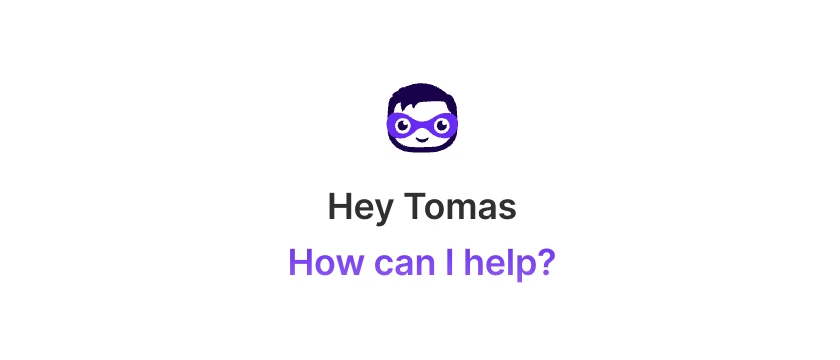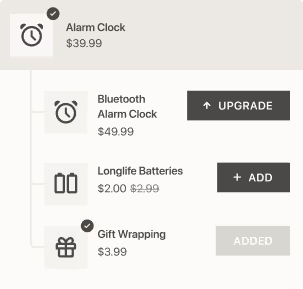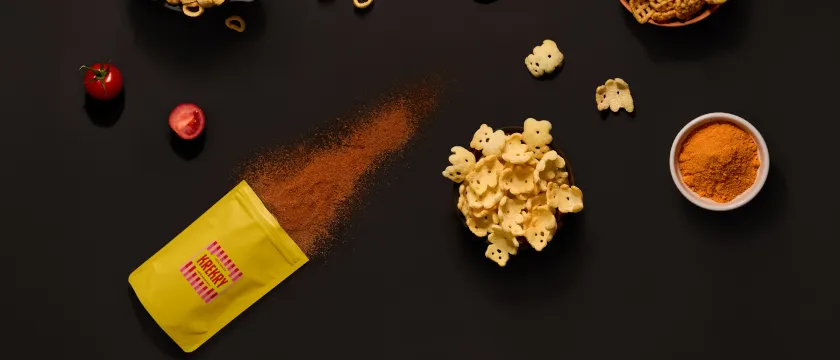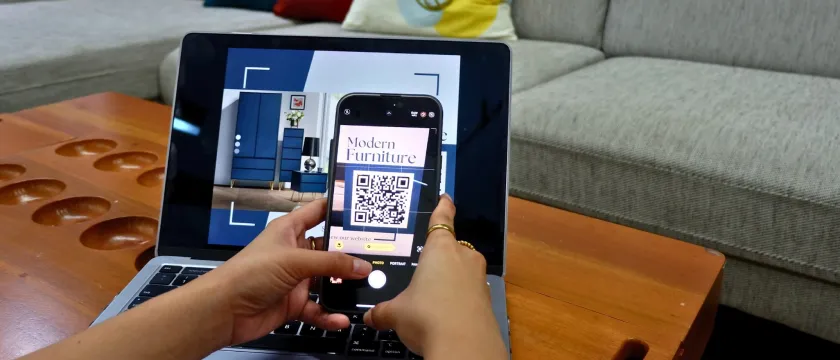Having an upsell strategy is nowadays a must if you want to run a profitable e-commerce business and have healthy margins.
On one of our stores, Krekry (food & beverage segment), we use Candy Rack and it's now driving about ≈15% of all sales (over $7k per month!).
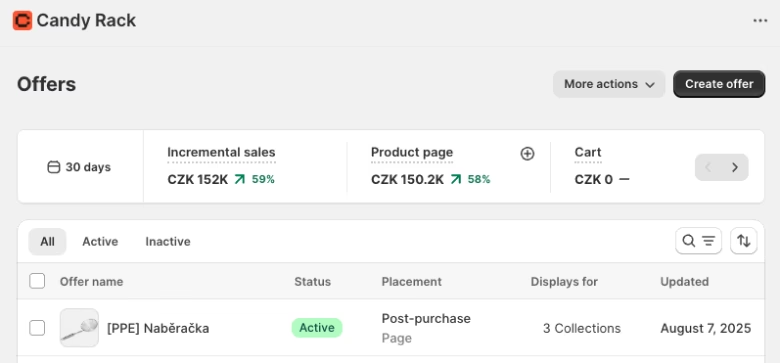
We use upsells and cross-sells throughout the customer's purchase journey (which we'll explore in more detail on our blog soon), but one placement we haven't utilized so far is the post-purchase extension (interstitial).
Using Sidekick to generate upsell ideas
I wasn't exactly sure what would be the best "take it or leave it" offer, so I asked Sidekick. I started with a simple question:
"Can you please analyze orders paid through the Shopify Payments gateway and think what would be a good cross-sell offer in the checkout? You can also segment it by products bought."
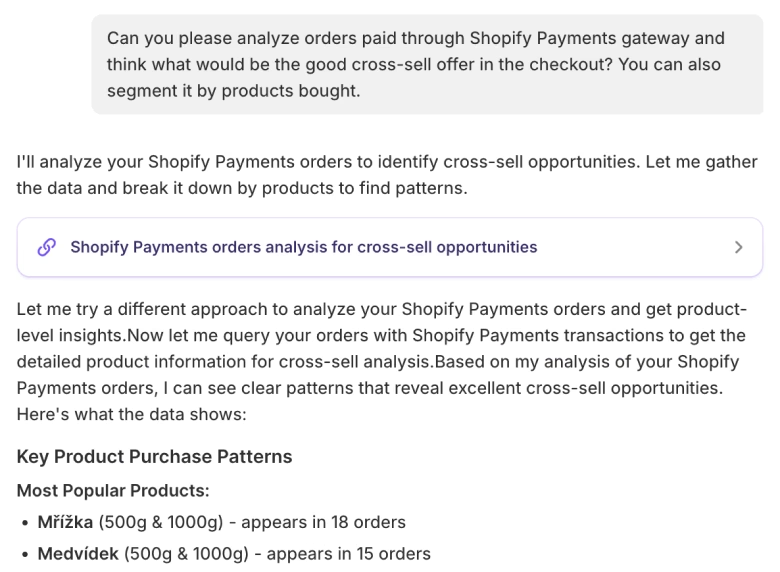
The results were good, but it seemed the data taken into account was only from yesterday, so I added "Can you extend your analysis to the last 30 days?" and it gave me exactly what I was looking for. It correctly understood our product category and came up with relevant cross-sell offers.

Setting up the offers in Candy Rack took a minute, and we are already seeing results.
The future: app intents & Sidekick
Now, I still have to create the offers manually, but I believe the future is that I will just continue the conversation with Sidekick and ask him to create the proposed offers via Candy Rack.
José Torres from Shopify introduced so-called admin intents during his talk at Editions.dev, mentioning that in the future, app developers will be able to expose app functionality to Sidekick via app intents.
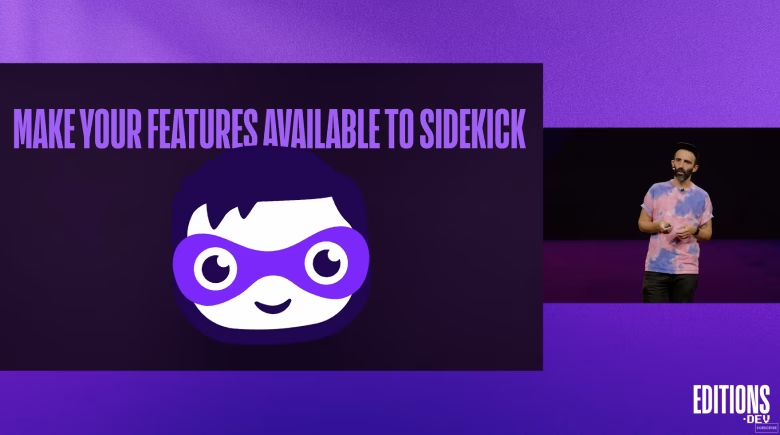
If you aren't using Sidekick yet, I recommend to start now. I regularly use it to generate code or perform theme changes, and ask analytical/business questions, such as "Why is the performance down this month compared to last month?".


